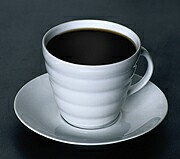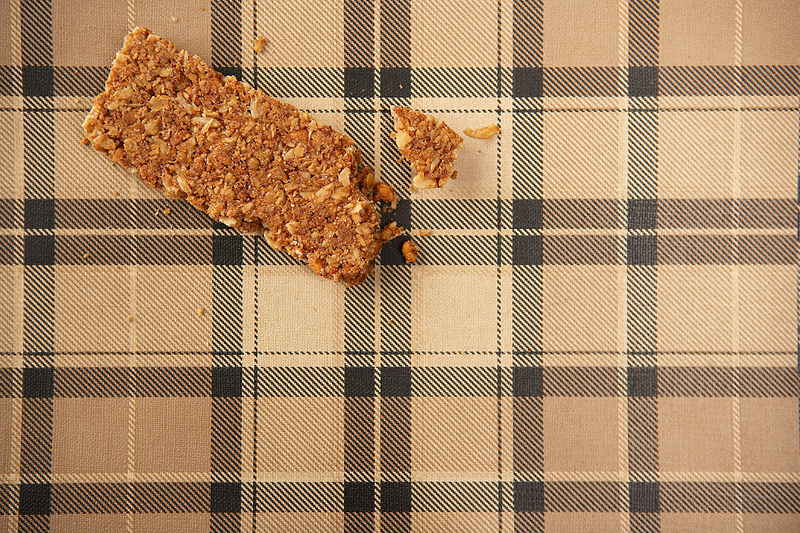
THURSDAY, Oct. 4 (HealthDay News) — People who drink at least three cups of coffee a day might be increasing their risk of developing glaucoma, which can lead to vision loss or blindness, according to Harvard University researchers.
Specifically, caffeinated coffee appears to be associated with a type of glaucoma called exfoliation glaucoma, which is characterized by tiny fibers peeling from the eye’s lens that can cause a pressure build-up, the researchers said.
“While caffeinated coffee has several health benefits, drinking three or more cups of caffeinated coffee was found to be associated with increased risk of developing exfoliation glaucoma, particularly among those with a family history of glaucoma,” said lead researcher Jae Hee Kang, assistant professor of medicine at the Channing Division of Network Medicine at Brigham and Women’s Hospital in Boston.
The increased risk was on the order of 66 percent, Kang said.
Since this is the first study to link caffeinated coffee and exfoliation glaucoma in a U.S.-based population, and because it is an association study and not a clinical trial, the results needs to be confirmed through more studies, she added.
“If confirmed,” she said, “those at risk of exfoliation glaucoma — particularly those with a family history of glaucoma — would be recommended to limit their intake [of coffee] to less than three cups per day.”
The report was published Oct. 3 in the journal Investigative Ophthalmology & Visual Science.
For the study, Kang’s team analyzed data on almost 79,000 women who were part of the Nurses’ Health Study and more than 41,000 men who took part in the Health Professionals Follow-up Study.
None of these people had glaucoma and all said they had undergone eye exams from 1980 to 2008. In addition, the researchers used questionnaires to find out how much coffee they drank and also reviewed their medical records to find evidence of exfoliation glaucoma.
In an earlier study, Kang’s group had looked at Scandinavians, who have the world’s highest rate of exfoliation glaucoma, as well as the world’s highest rate of caffeinated coffee consumption. In that study, they found that greater coffee consumption was associated with a 66 percent increased risk of exfoliation glaucoma.
When they compared the U.S. groups with the Scandinavians, Kang’s team found that those who drink at least three cups of caffeinated coffee a day were at an increased risk of developing exfoliation glaucoma, compared with people who don’t drink any coffee. In addition, women with a family history of glaucoma were also at an increased risk, they said.
They did not, however, find the same link with any other caffeinated products, such as soda, tea or chocolate.
“This is the first look-see and now they need more investigation to find out how strong this correlation is,” said Dr. Mark Fromer, an ophthalmologist at Lenox Hill Hospital in New York City and eye surgeon director for the New York Rangers hockey team.
Despite the finding, Fromer won’t be drinking less coffee — yet.
“It will register in my mind,” he said. “I don’t think all the answers are in, but it’s useful information. But do I think everyone should change their habits yet? Probably not.”
Another expert, however, took issue with the whole study.
“These two studies have yielded literally thousands of articles, almost all of little value,” said Dr. Alfred Sommer, an ophthalmology professor and dean emeritus of the Bloomberg School of Public Health at Johns Hopkins University in Baltimore.
The problem with these studies, he said, is that while trying to take into account variables that can affect the findings, researchers may not even know which the important variables are.
And, he added, “to make matters worse, the conclusions in this study don’t even reach statistical significance.”
To Sommer’s point, although this study showed an association between high levels of coffee intake and increased risk of developing glaucoma, it did not prove a cause-and-effect relationship.
More information
For more on glaucoma, visit the U.S. National Library of Medicine.

